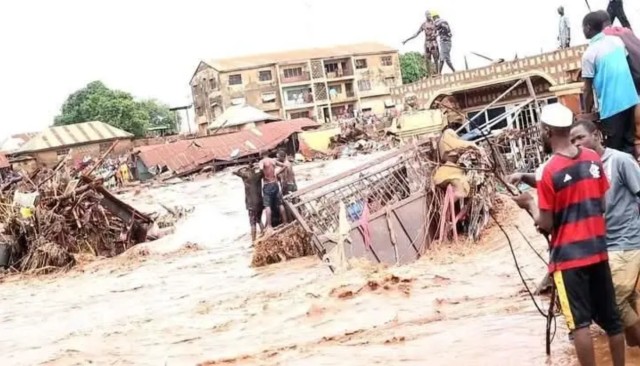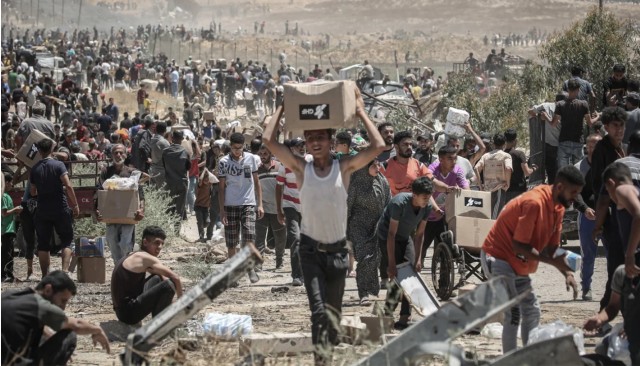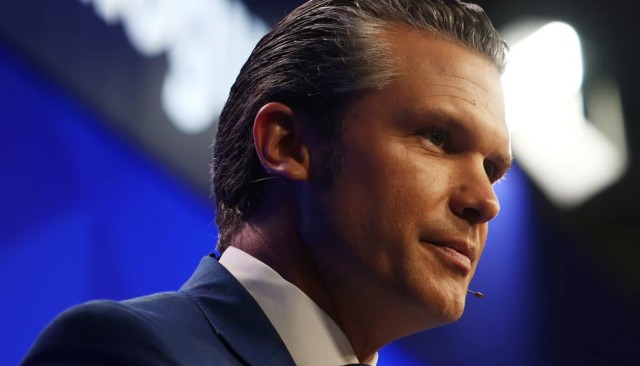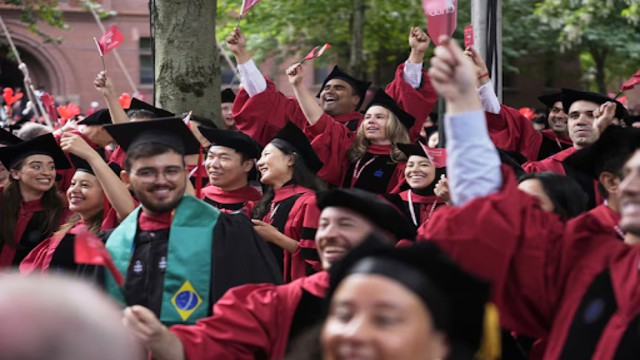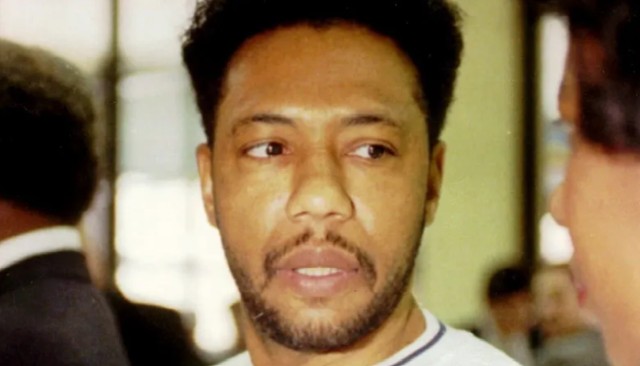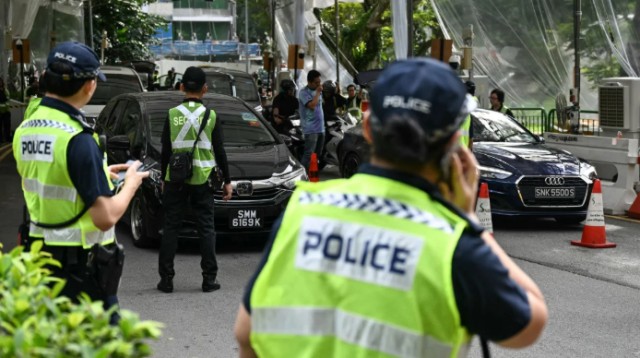
Police keep watch on vehicles entering the venue of the Shangri-La Dialogue Summit in Singapore on Friday
China’s decision to sideline its top defense official from the Shangri-La Dialogue is raising eyebrows worldwide. The move comes as tensions with the United States continue to simmer over trade, technology, and regional security.
China Pulls Back from Diplomatic Spotlight
For the first time in five years, China will not send its defense minister to the Shangri-La Dialogue. Instead, a delegation from the People’s Liberation Army National Defense University will represent Beijing. This is a major shift from previous years when top-level Chinese officials attended the summit.
The forum, held annually in Singapore, is Asia’s most significant defense and security meeting. It brings together military leaders and policymakers from around the world. It's also known for enabling rare, behind-the-scenes meetings between the US and China.
Missed Opportunity for US-China Talks
The absence of Chinese Defense Minister Dong Jun dims hopes for any direct discussions with US Defense Secretary Pete Hegseth. Last year, Dong met with then-Defense Secretary Lloyd Austin, signaling a potential thaw in icy relations.
That progress now appears uncertain. Tensions are high following new US restrictions on Chinese tech exports and student visas. These moves came just days before the summit, threatening a fragile trade truce between the two powers.
China Keeps Its Reasons Vague
At a press briefing, China’s Defense Ministry sidestepped questions about the decision. Instead, a spokesperson claimed China remains “open to communication at all levels.” But observers believe the choice sends a clear political message.
A US defense official stated, “They’re torqued at us.” He added that China’s downgraded presence reflects its displeasure and skepticism about the summit’s goals.
Shangri-La a Tough Arena for Beijing
China’s reluctance to participate may also reflect its uneasy position at the summit. Historically, Beijing has found few allies there. Its delegates often face sharp, unscripted questions from journalists and scholars.
Last year, Philippine President Ferdinand Marcos Jr. criticized China’s actions in the South China Sea. His remarks, delivered just before Minister Dong’s speech, highlighted the pressure Chinese officials face at such events.
China’s military is also undergoing a corruption purge. Since 2023, over a dozen high-ranking officials have been ousted. This internal turmoil may be another reason for Beijing’s cautious approach.
Analysts See Strategic Shift
Experts say the move may signal a shift in China’s priorities—from military diplomacy to economic stabilization. Collin Koh of Singapore’s S. Rajaratnam School of International Studies noted that regional governments are deeply worried about trade impacts.
While forums like Shangri-La remain important, economic pressures seem to be shaping foreign policy more than military optics at the moment.
US Reinforces Its Indo-Pacific Presence
Meanwhile, the US continues to project strength in the Indo-Pacific. Pete Hegseth’s first trip as Defense Secretary began in the Philippines. There, he vowed to restore deterrence and counter “China’s aggression.”
During a workout aboard a US Navy ship in Singapore, Hegseth sent a clear message: “America’s here, and we’re not going anywhere.”
In 2025 alone, the US will participate in 120 joint military exercises across the region. These involve key allies such as Japan, South Korea, the Philippines, and Australia.
Walking a Fine Line with China
Analysts warn, however, that increased US military activity must be carefully calibrated. Overstepping could spark new tensions with China, potentially destabilizing countries without strong US alliances.
Evan Laksmana, editor of the 2025 Asia Pacific Regional Security Assessment, emphasized balance. “The deepening of US security engagement is welcome,” he said, “but it must not heighten regional instability.”
China Issues a Final Caution
On Thursday, Chinese Defense Ministry spokesperson Zhang Xiaogang addressed the growing divide. He stressed the importance of military relations with the US but warned against treating China as a manufactured threat.
“Conjuring up a powerful enemy is not rational and extremely dangerous,” Zhang said, highlighting the risks of rising mistrust.
Conclusion
China’s absence at Shangri-La underscores the depth of current US-China tensions. While Washington strengthens alliances in the Indo-Pacific, Beijing seems to be recalibrating its foreign policy. The road ahead for both powers remains uncertain—and closely watched.


